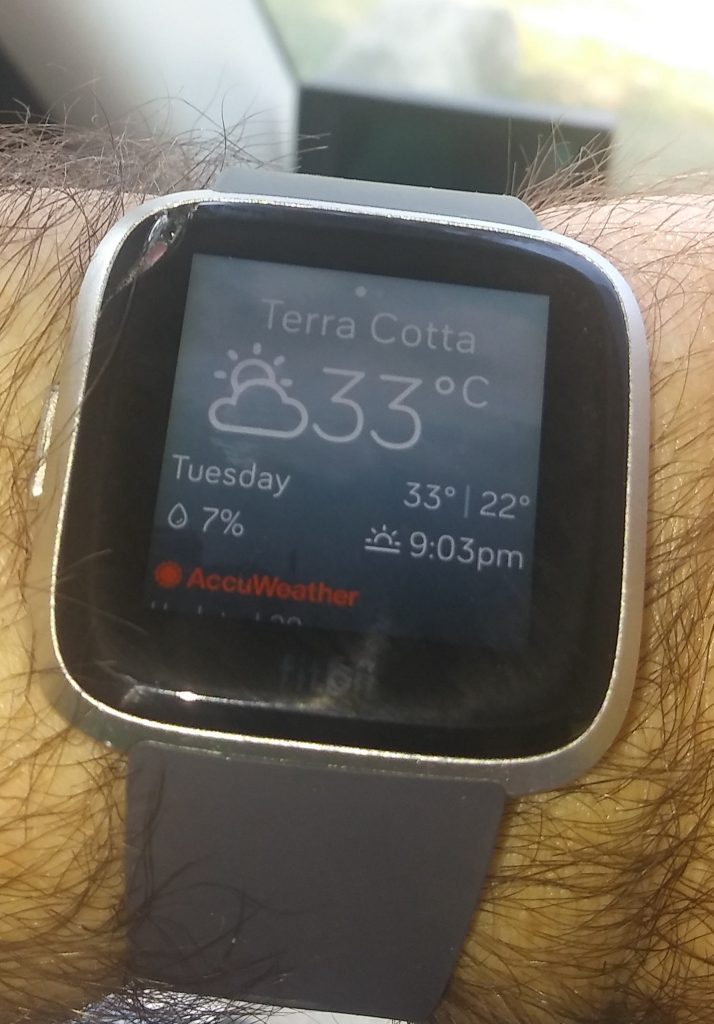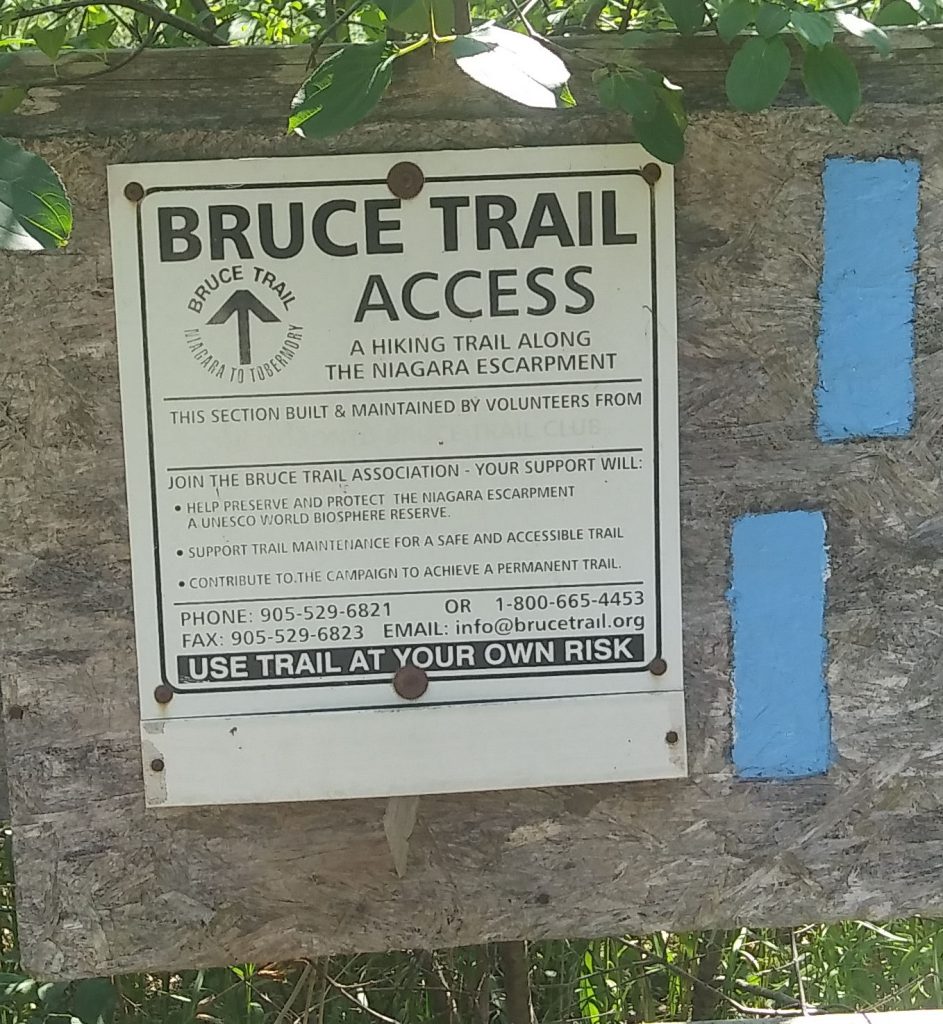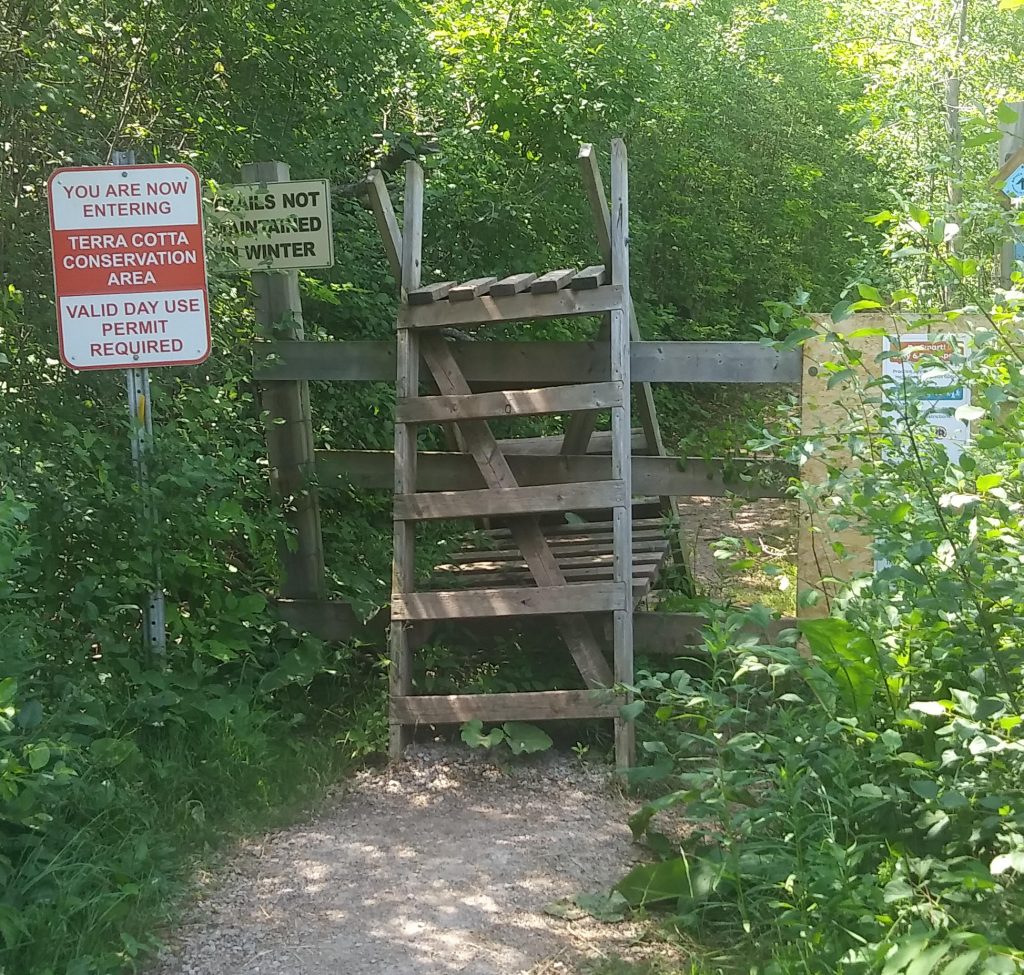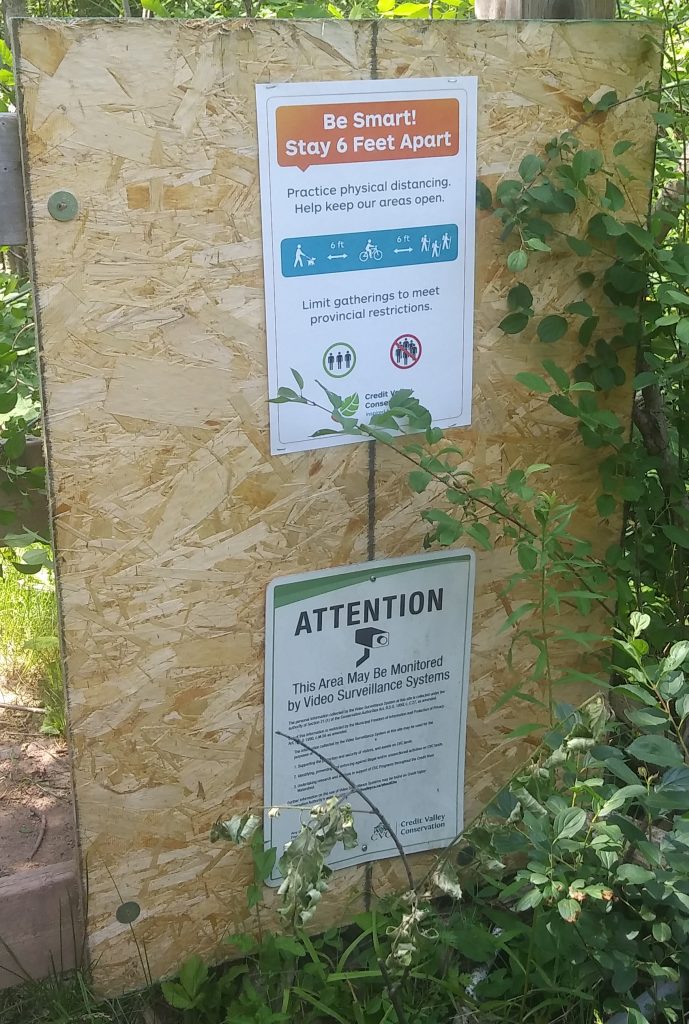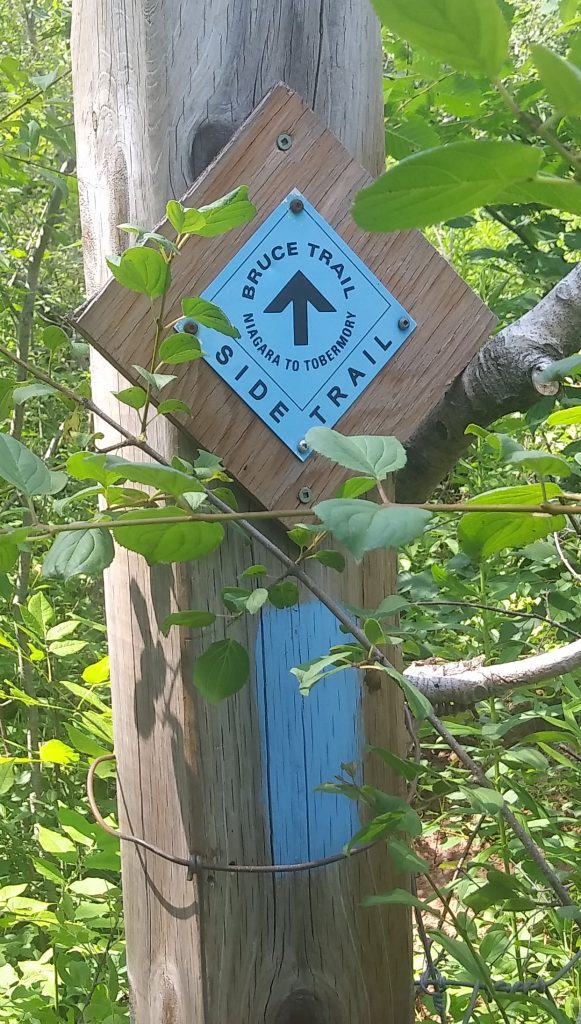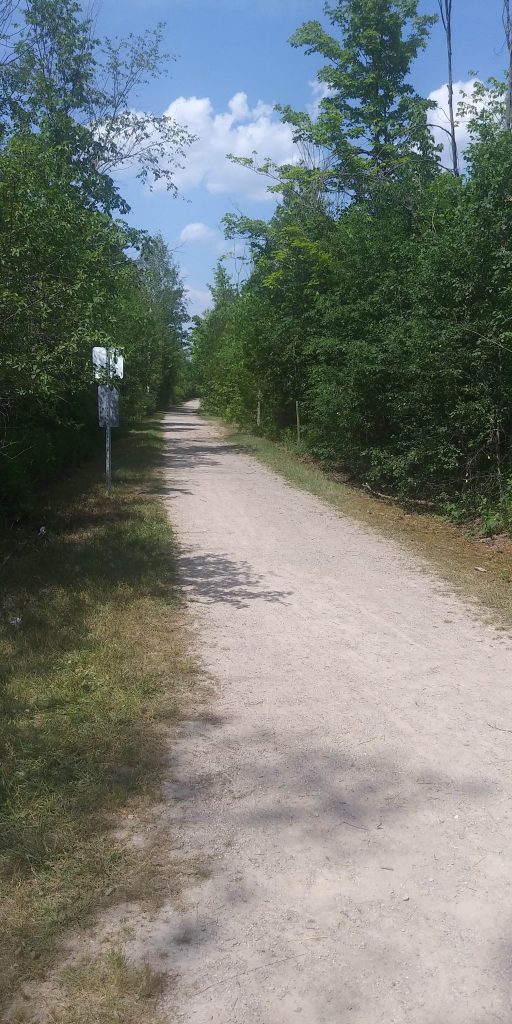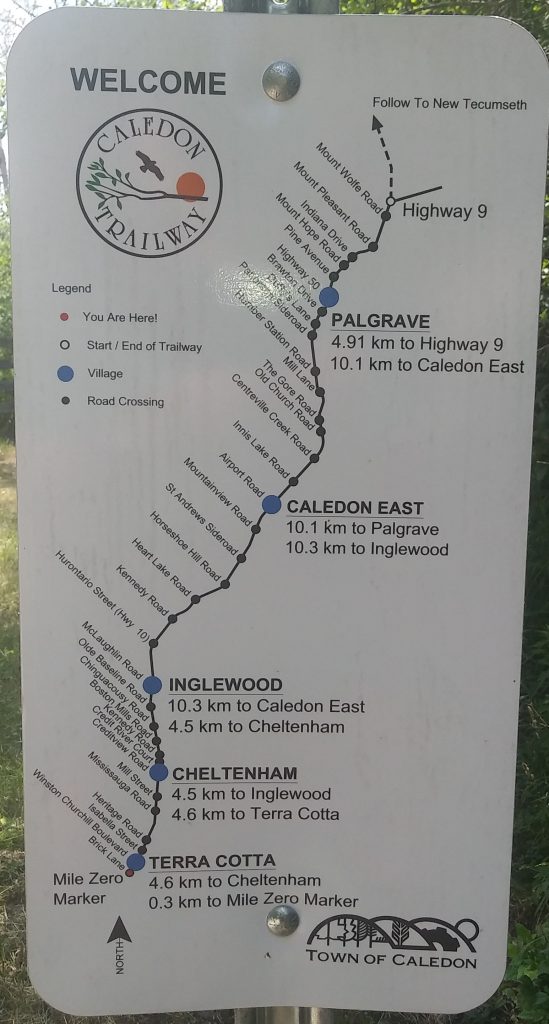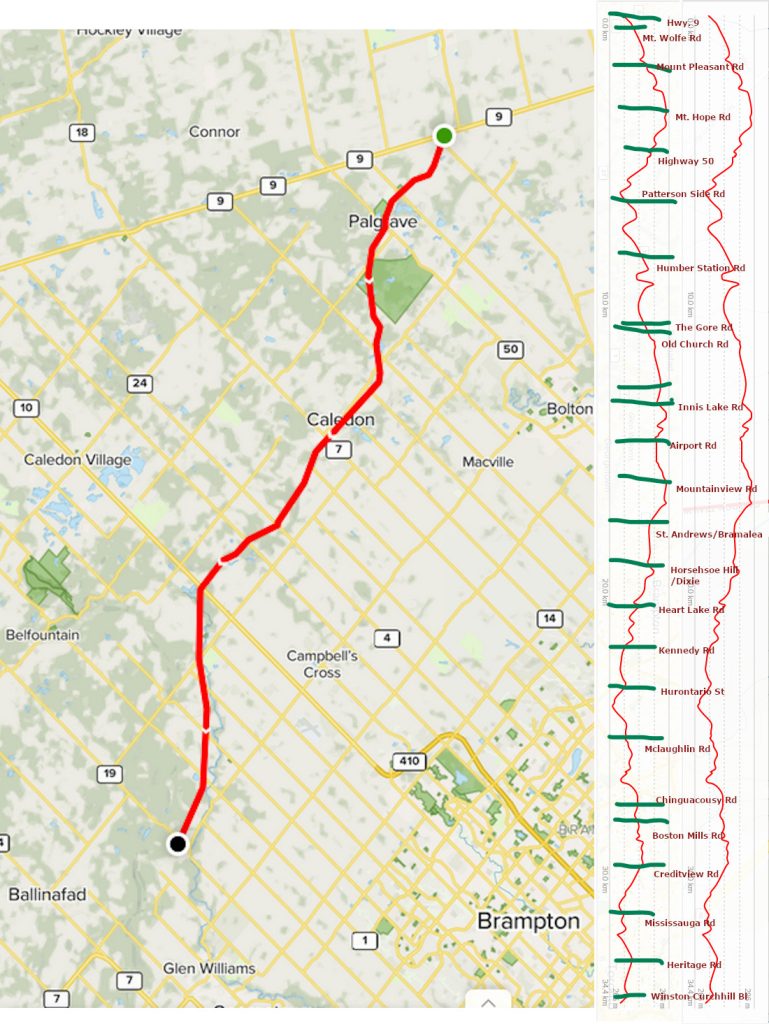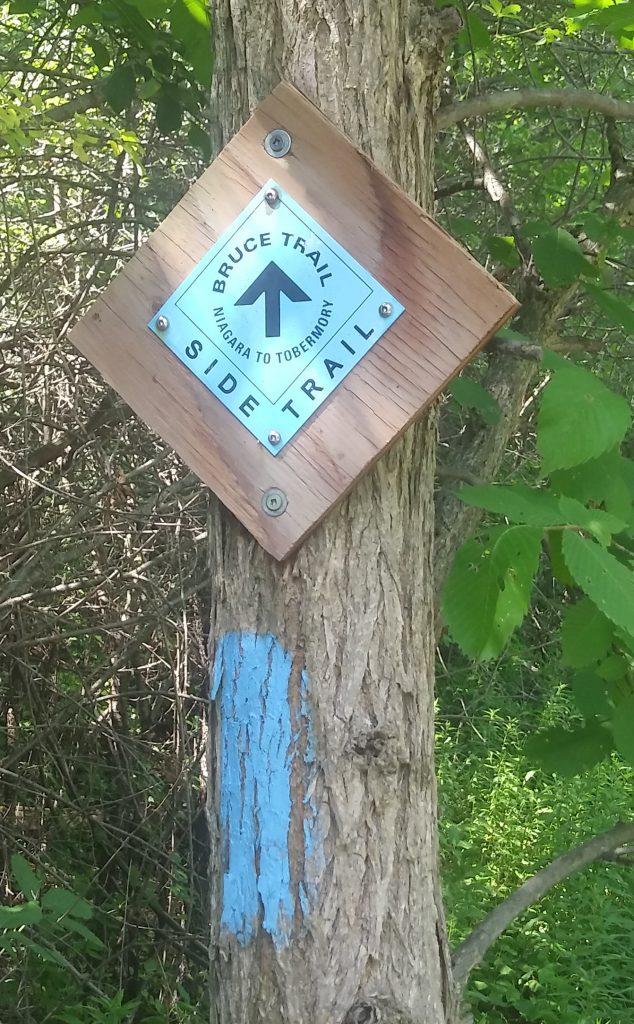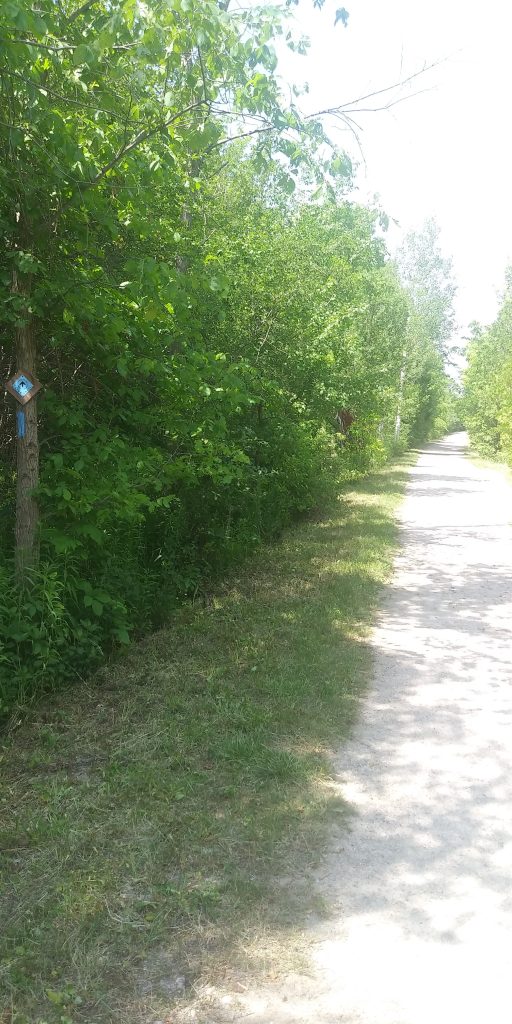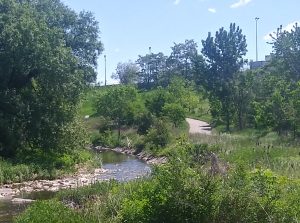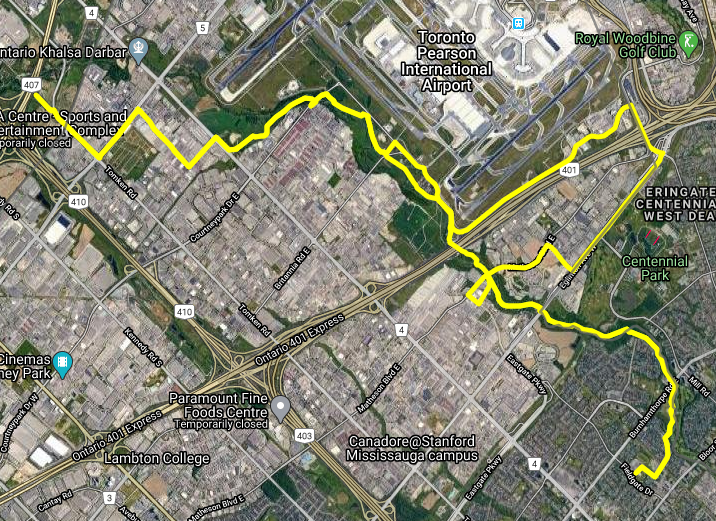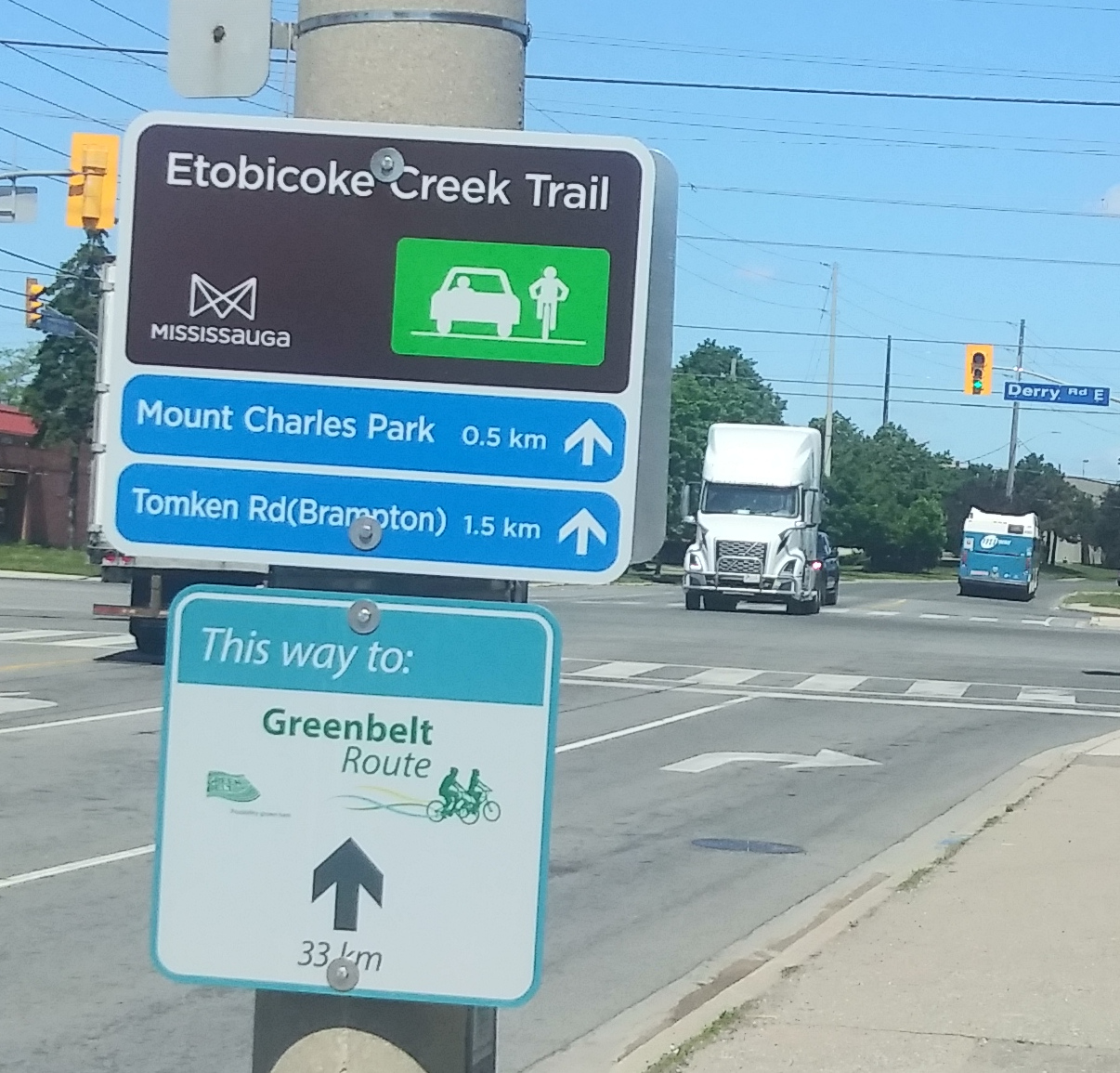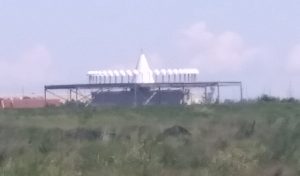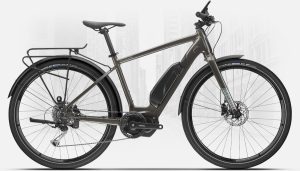
I admit that after being made into a lump by covid, it was considered a breath of fresh air to commute to work with my e-bike. I own a Quebec-made E-Cartier. The distance is one that I wouldn’t normally have time to cover on a daily basis, except this bike made it happen. This bike has a motorized assist built into the pedal assembly. And as an “assist”, it does just that; it helps you. If you stop pedalling, the bike just coasts. You do, in fact have to put effort into your pedalling, contrary to stereotypes, and yes, it can amount to a pretty good workout.
The external battery and the motor add greatly to the weight of the bike. When the battery loses its charge, you are left with lugging an unusually heavy bike. I have been pretty good about recharging the battery in a timely fashion, so power outages are rare. In normal circumstances, if you started as an out-of-shape lump like me, the bike can still give a good workout, even with the assist. Of course, you can be in control of how much assist you want: turn down the level if you want more of a workout, or turn it off altogether. When turned off, the battery can still power the instrument display, consisting of a digital odomoeter, speedometer, and battery level indicator. It can also show how much assist you are getting.
The bike was about CAD$3000 when new. It was neither the cheapest E-bike, nor the most expensive.
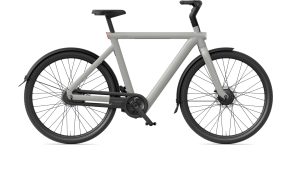
But I have heard from the New York Times that there is a new, sleeker bike in the CAD$4800 range that has much of the bulky and unsightly stuff such as cables, batteries, and even lights embedded inside the frame. So, that leaves the bike free of unsightly tech stuff. At that price point, you can expect to find a lot of innovation. For one thing, it is one of the only bikes that have automatic gear shifting. It is called a VanMoof, from The Netherlands.
But like much of what I read from NYT, it is full of breathless adoration for the shiny new bike, and not really looking at some of the downsides. For one thing, batteries have an end-of-life, and you can only charge them so many times before they need to be replaced. Now this can be a matter of a few years, but contrast this to decades for a normal bicycle with no batteries. Can batteries on the VanMoof in fact be replaced? Replacing batteries embedded deep in the frame sounds like a hell of a job. Few reviews of E-Bikes ever mention this.
If you can’t replace the batteries, we are left with a very heavy bike whose automatic shifter likely depended on the battery. In addition the innovative anti-theft system would no longer be functional; neither would the front or back lights, also embedded inside the frame. So are we expected to dispose of the whole bike? I feel that is even a concern for my E-Cartier, since even with the external battery, I have noticed that in recent models, they seemed to change the way the battery is mounted to the frame. It is possible that batteries may not be transferrable across bikes of different model years, by that reasoning.
One gets the feeling that these are not the kinds of questions we are allowed to ask. Just give the salesperson your money. This is the reason I am leery of fully electric cars as well. Once their batteries lose their ability to hold a charge, the entire car is junk. I have driven cars that are more than 25 years old. You can’t do that with any fully electric car on the market. My fear is that the same logic is being applied to the VanMoof.
Visits: 163

